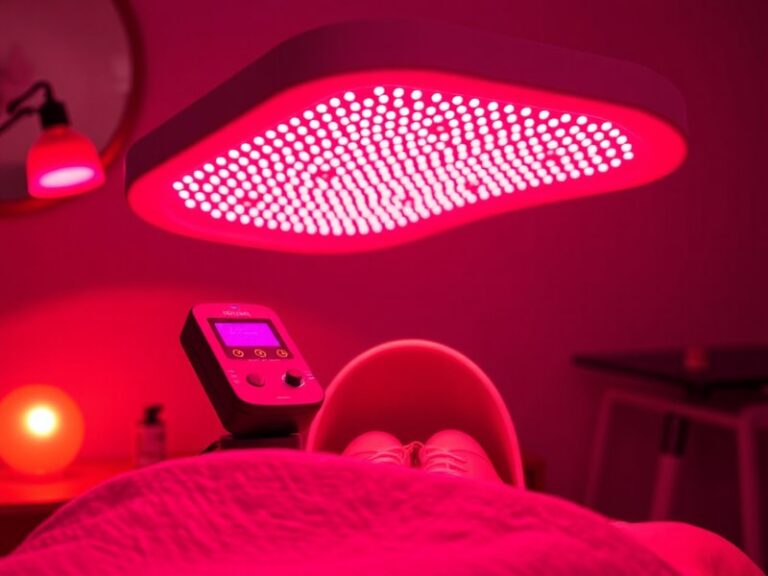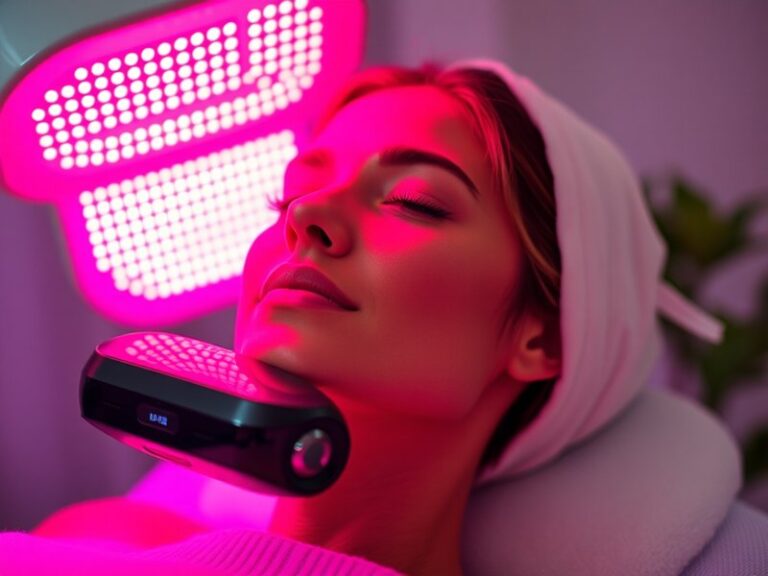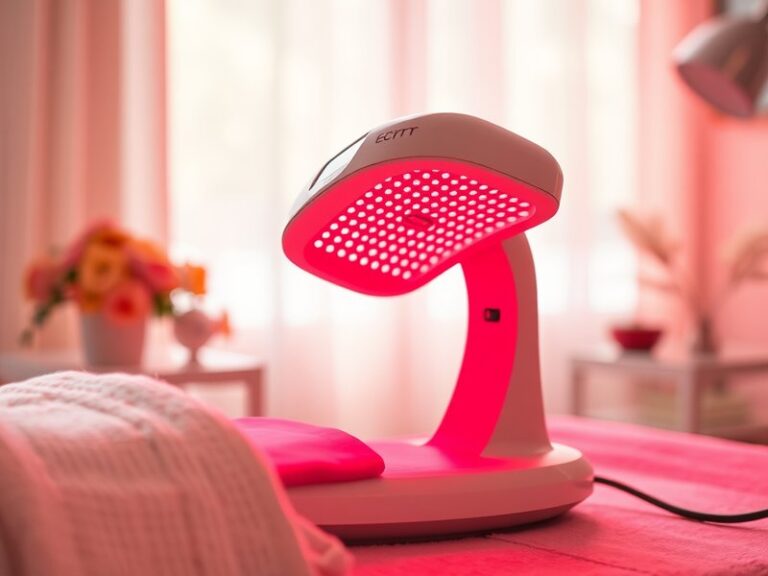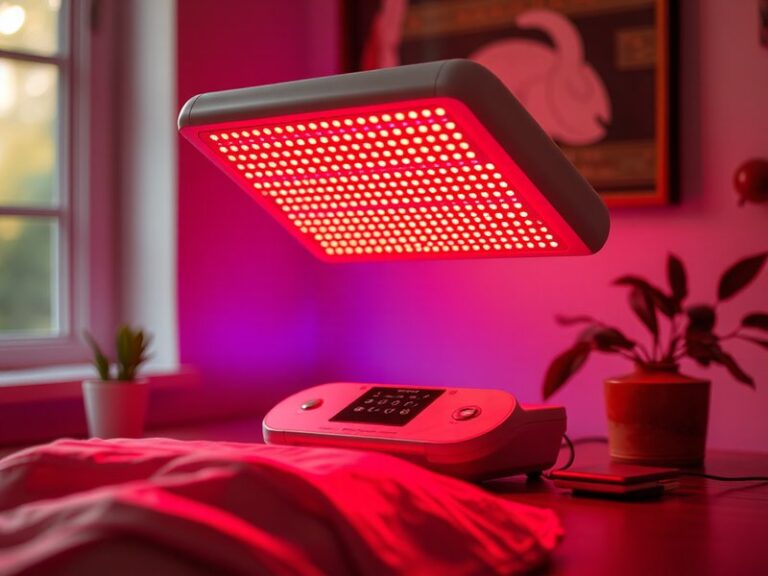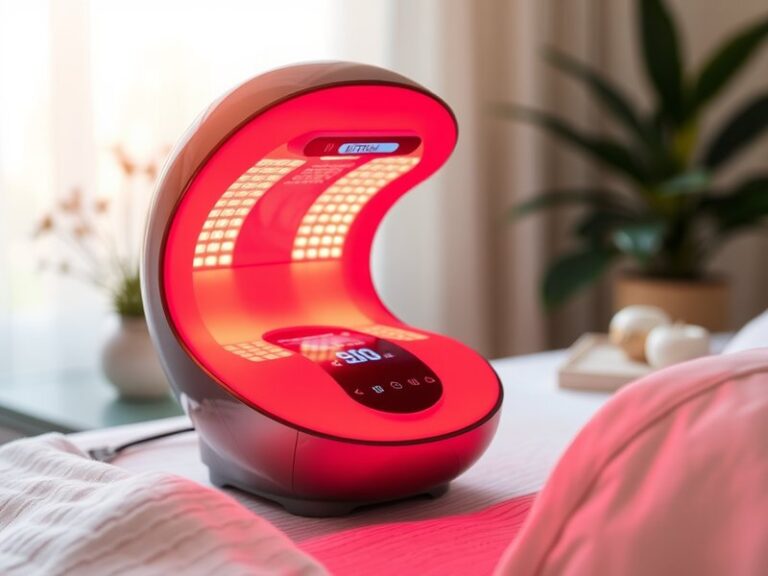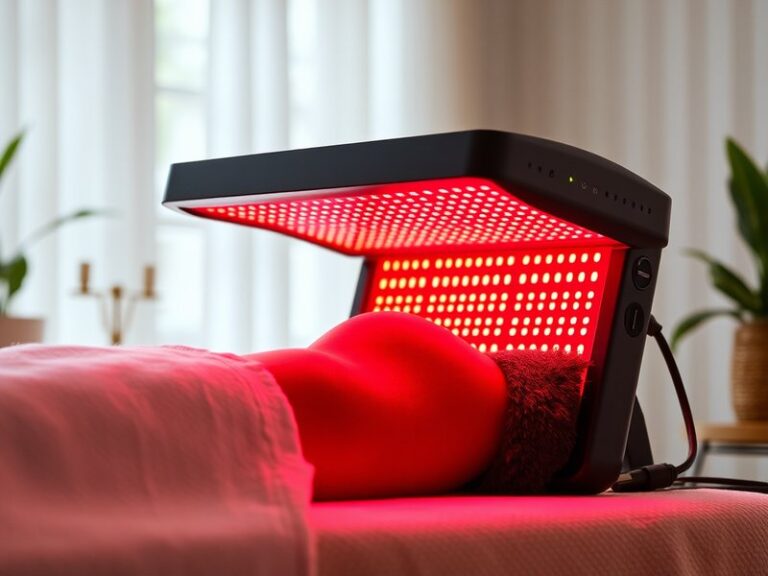How Often Should I Do Red Light Therapy For Acne?
How Often Should I Do Red Light Therapy For Acne?
Are you struggling with persistent acne and seeking an effective treatment option? Red light therapy might be a solution worth considering.
This article breaks down how often you should engage in red light therapy for acne management. We will discuss the benefits of this treatment, important considerations to bear in mind, available alternatives, and frequently asked questions regarding its use.
Key Takeaways
- Frequency of treatment varies, but 2-3 sessions per week is often recommended.
- Consistency is key to seeing results, with visible improvements typically in 4-6 weeks.
- Always consult with a dermatologist to tailor the approach to your specific skin type and condition.
What is Red Light Therapy?
Red light therapy (RLT) utilizes specific wavelengths of light to penetrate the skin and promote healing. This non-invasive treatment has garnered attention for its potential benefits in reducing inflammation, boosting collagen production, and ameliorating conditions like acne.
RLT operates by stimulating cellular activity in the skin layers, specifically targeting the mitochondria—the powerhouse of cells. By enhancing ATP production, cells can heal and regenerate more effectively, potentially leading to clearer skin.
What are the Benefits of Red Light Therapy for Acne?
Red light therapy is gaining traction not just for its skin-rejuvenating properties but specifically for its efficacy in treating acne. Here are the main benefits:
See what we think about Is Red Light Therapy Covered?
Reduction of Inflammation
Red light therapy can significantly reduce inflammation associated with acne. By calming the skin, it may help prevent further breakouts and soothe existing lesions.
Promotion of Healing
RLT accelerates tissue repair by enhancing blood circulation and boosting collagen production. This promotes faster healing of acne lesions and reduces the appearance of scars.
Minimized Oil Production
Research suggests that red light therapy can help regulate sebaceous (oil) glands, which may reduce oiliness and the likelihood of clogged pores—key contributors to acne outbreaks.
Enhanced Skin Texture and Tone
Regular use of RLT can improve overall skin texture and tone, providing a smoother appearance and a more even complexion.
Is it Possible to Utilize Red Light Therapy Regularly?
Yes, engaging in regular red light therapy sessions is both possible and beneficial in managing acne. Consistency is crucial for obtaining desirable results.
What are the Advantages of Regular Red Light Therapy?
- Convenience: Many devices are available for at-home use, allowing for treatments without the need for salon visits.
- Time Efficiency: Sessions typically last between 10-20 minutes, making it easy to incorporate into your routine.
- Customizable Treatments: You can adjust the frequency and duration based on your skin’s needs and as recommended by professionals.
What are the Disadvantages of Regular Red Light Therapy?
- Variable Results: Not everyone will experience the same level of improvement, which may lead to frustration.
- Initial Investment: High-quality red light therapy devices can be expensive to purchase.
- Need for Consistency: Achieving and maintaining results requires a commitment to regular sessions.
What are the Things to Consider Before Starting Red Light Therapy?
When considering red light therapy for acne treatment, several important factors should be evaluated.
Skin Type Assessment
Understanding your unique skin type is vital, as individuals with sensitive skin may react differently to RLT. Consulting a dermatologist may help determine your suitability.
Session Duration and Frequency
A common recommendation is 2-3 sessions per week for optimal results, with each session lasting 10-20 minutes. However, personal adjustments may be needed based on individual response.
Expectations vs. Reality
Managing expectations is crucial; while many users see improvements within weeks, some may require several sessions before noticing changes. Patience and consistency are essential.
What are the Alternatives to Red Light Therapy?
If red light therapy isn’t the ideal option for you, various alternatives can also address acne concerns.
Topical Treatments
Over-the-counter acne treatments containing ingredients like benzoyl peroxide or salicylic acid directly target acne lesions and can be effective for many individuals.
Chemical Peels
Chemical peels utilize acids to exfoliate the skin, unclog pores, and improve skin texture. They can be performed by professionals and may yield quick results.
Laser Treatments
Similar to RLT, laser treatments target deeper skin layers for more aggressive interventions. These can be highly effective but often come with a higher cost and recovery time.
Get the scoop on Is Red Light Therapy Effective?
Conclusion: Is it Recommended to Implement Red Light Therapy for Acne?
In summary, red light therapy can be a beneficial tool for managing acne, especially when done regularly—typically 2-3 times per week. While it may not work for everyone, its advantages in reducing inflammation, promoting healing, and improving skin texture make it a worthy consideration. Always consult with a dermatologist to develop a personalized treatment plan.
Frequently Asked Questions
How long does it take to see results from red light therapy?
Results can vary, but many users may start to see improvements within 4-6 weeks of consistent treatment.
Can I do red light therapy every day?
While daily treatments can be beneficial, it is usually recommended to start with 2-3 times a week and adjust based on your skin’s response.
Is red light therapy safe for all skin types?
In general, red light therapy is safe for most skin types, but individuals with sensitive skin should consult with a dermatologist beforehand.
Are there any side effects?
Side effects are rare but can include temporary redness or irritation. Always monitor your skin’s response and adjust treatment as needed.
Can I combine red light therapy with other treatments?
You can combine RLT with other topical treatments or therapies, but it’s best to consult a professional to create an effective regimen.

